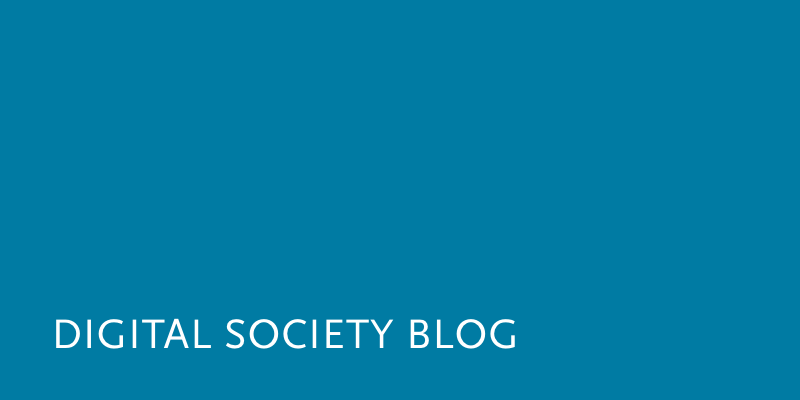Making sense of our connected world

Conference: “The Internet and Human Rights”
 What is meant by the term ‘Internet freedom’ varies among academics and within society. However, over the last couple of years the universal principles of human rights became a widely used framework for discussions. The accompanying conditions and responsibilities for governments, private sector entities, and civil society organizations are part of an ongoing global discussion.
What is meant by the term ‘Internet freedom’ varies among academics and within society. However, over the last couple of years the universal principles of human rights became a widely used framework for discussions. The accompanying conditions and responsibilities for governments, private sector entities, and civil society organizations are part of an ongoing global discussion.
Together with the University of Aarhus, Human Rights Watch and the Federal Foreign Office of Germany, the Alexander von Humboldt Institute for Internet and Society did continue the exchange of ideas in order to find appropriate solutions. The second international Berlin cyberspace conference titled “The Internet and Human Rights: Building a free, open and secure Internet” took place on September, 13th and 14th, 2012.
In order to keep the symposium discussion-oriented participation was limited to about 100 participants from civil society, governments, the private sector, academia and the technology experts. Further information as well as the program can be found on the conference website. Some Reviews can be found here.
This post represents the view of the author and does not necessarily represent the view of the institute itself. For more information about the topics of these articles and associated research projects, please contact info@hiig.de.

You will receive our latest blog articles once a month in a newsletter.
Research issues in focus
Debunking assumptions about disinformation: Rethinking what we think we know
Exploring definitions, algorithmic amplification, and detection, this article challenges assumptions about disinformation and calls for stronger research evidence.
AI resistance: Who says no to AI and why?
This article shows how resisting AI systems means more than protest. It's a way to challenge power structures and call for more democratic governance.
Blind spot sustainability: Making AI’s environmental impact measurable
AI's environmental impact spans its entire life cycle, but remains a blind spot due to missing data and limited transparency. What must change?



